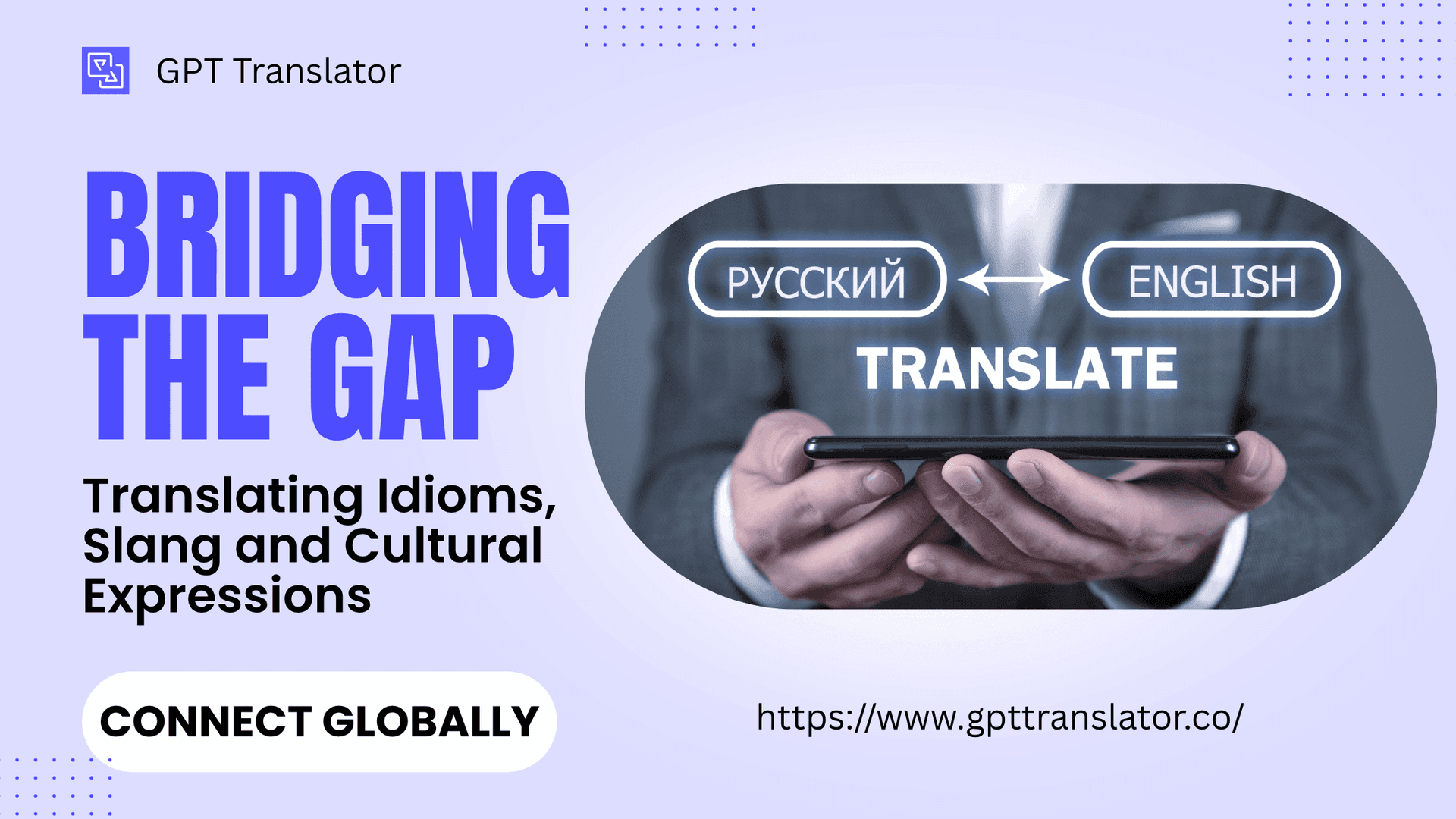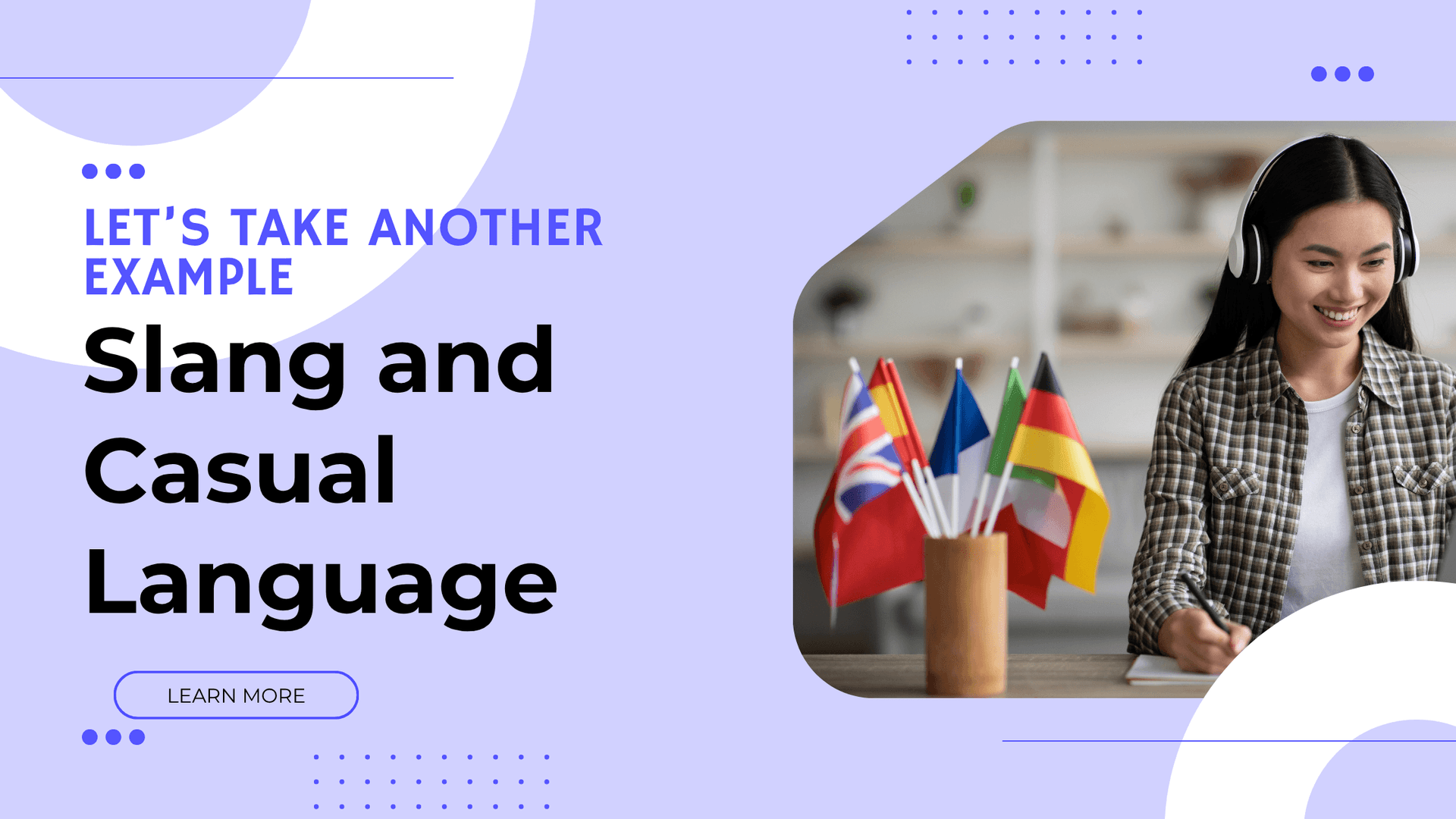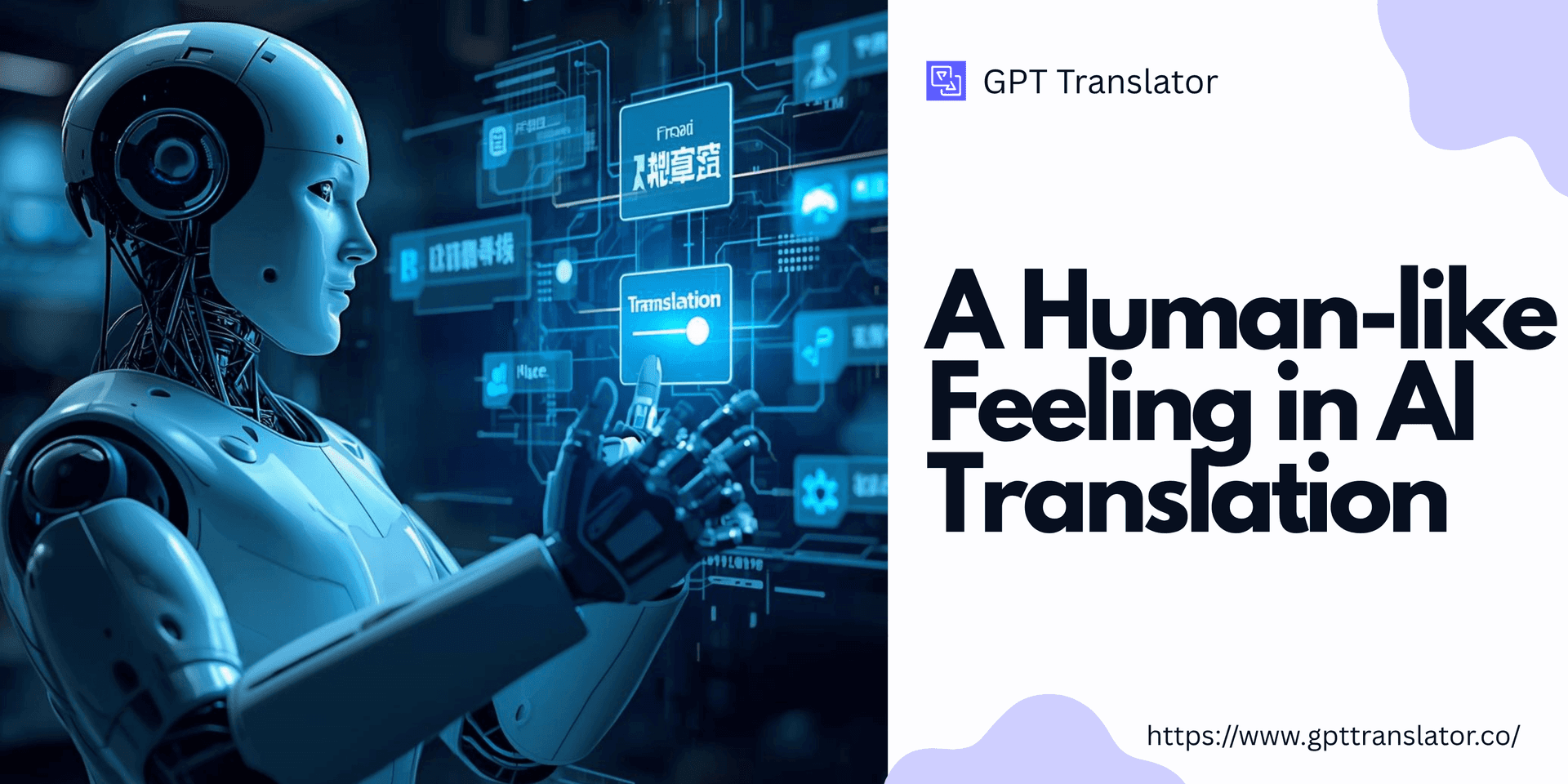
Classic translation systems are usually very much about the direct conversion of words. They may have a good grasp of grammar but hold still with difficult areas where emotions, humor and cultural nuances are involved. For example, phrases like "it's raining cats and dogs" and "spill the beans" don not make sense outside English language context.
A typical translator might create sentences from these phrases that are either confusing and meaningless. In contrast human translators automatically get to the kernel of the message and interpret what is meant not just what is written. The irony is that most AI systems have not been able to take this step until now.
When companies depend on such wordy tools that just present the meaning, they risk losing the whole thing. Thus, marketing efforts sound unenthusiastic, customer service feels impersonal and brand voice gets lost in translation. This is precisely the reason why the technology behind GPT translation has become so significant it has brought languages and cultures closer.
The gpt translator is developed for the complexities of human interaction. It applies contextual reasoning which signifies that it is not restricted to the words alone rather, it comprehends the meanings of those words in a particular context. With the ChatGPT translations, phrases, emotions and intentions are interpreted before the text is produced in the new language.
To clarify, if a person says "This deal is fire!" a word-for-word translation could suggest real fire. However, Chat GPT translation understands that "fire" in this context refers to "amazing" and "exciting." It is the feeling behind the phrase that the translation is doing and turning that into the equivalent local expression with the same impact.
This characteristic turns GPT translation into a real game changer for worldwide interaction. In all cases, whether it is marketing, entertainment and international business ChatGPT translate guarantees that the essence of the communications is kept and they are still relatable.
Let’s See It in Action
Picture an international brand that is about to introduce a campaign in Brazil. The English tagline reads:
“Go big or go home.”
The following is the manner of different translators with such request:
Normal translator output:
“Vá grande ou vá para casa.”
Explanation: The translation is very close to the original. It is grammatically correct but the motivational undertone of the original is not conveyed. It is a weird thing to say in Portuguese and it loses the playful energy.
GPT Translator output:
Dê sempre o seu melhor.” (Keep giving your best.) Explanation: The translation by GPT understands encouragement and competition not size and place. It reformulates the tagline in a way that it matches the cultural mood of Brazilian Portuguese, preserving the motivation and vibe. That’s how Chat GPT translate ensures that communication is both meaningful and emotionally accurate by understanding the underlying sentiments of the words and not just the words themselves.

A classic translator would interpret “lit” as “illuminated” and “ghosted” as “haunted.” That's where the misunderstandings start. But chatgpt translator does not stay at surface meanings it knows how modern slang goes hand in hand with real usage.
So when GPT translations see “That movie was lit,” it interprets it as “That movie was awesome.” Likewise, “She ghosted me” becomes “She stopped talking to me suddenly.” These little shifts in meaning have a huge impact. Chat GPT translation makes sure that the conversations that are translated still sound like they are from today and that they are especially for social media, entertainment and brands targeting the youth.
Even though it is AI-powered GPT Translator is still very human-like because it is based on real communication. It trains on massive samples of authentic language use idioms, cultural expressions and tone which enable it to adapt like an experienced interpreter.
ChatGPT translation does not eliminate the need for human translators but rather plays the role of an intelligent assistant. It performs the accuracy-maintaining function of handling repetitive tasks while saving time. The translators and businesses can then concentrate on the message refinement secure in the knowledge that ChatGPT Translator has grasped the essence of the issue.
To illustrate, customer support departments employ Chat GPT translate to give their replies in various languages while keeping the same friendly and professional tone. It guarantees the concurrence of empathy and clarity even if there is a shift in the words used by taming the cultural expectations.
Different cultures have their own ways of demonstrating feeling. A compliment, a joke and even a thank-you note can be offered in very different manners from one language to the other. If translations are done without a proper context, they might end up being either too cold and worse sounding inappropriate.
The GPT translation works around this problem by recognizing the emotional tone and the intent of the sender behind the messages. If a message in one language is humorous or polite ChatGPT Translator reflects it in the target language likewise without compromising the meaning.
Take this for instance:
English phrase: “You nailed it!”
Normal translation: “Você pregou isso!” (literal, nonsense)
GPT Translator: “Você arrasou!” (natural, idiomatic “You did great!”)
This variety of translations indicates that cultural translation with gpt is more authentic understanding in communication. It is not actually about the change of words but about the feeling that is carried along.
When a company talks to its clients in different countries the communication accuracy is necessary but also the establishment of trust this is the case with people. The latter prefer messages which to them are honest. That is the reason why the GPT translation gives priority to comprehension of the culture.
For example, in English a professional email might sound too straightforward in Korean and Japanese. ChatGPT translate in that case will take care of the toning-down without losing professionalism. On the other hand a courteous Spanish message can be made more formal if targeting a business audience.
This quality makes Chat GPT translation the perfect solution for global marketing, business communication and creative content. By maintaining emotional tone, it allows brands to sound local even when they are global.

While translating exchanges, ChatGPT Translator relies on the context of the conversation to pick up the words that sound the most natural. For example, when someone says, “You’re kidding, right?” it recognizes whether it is a joke, a doubt and irritation, and translates accordingly.
This human oriented method guarantees that the translations created by GPT are natural, charming and vivacious. Companies will no longer be concerned about the possibility of awkward wording and cultural misunderstandings in their multilingual communications.
The forthcoming era for the AI-enabled translation would not be just accuracy but also empathy. The cultural translation with GPT goes on developing as models grasp better and better the various ways of expressing oneself globally.
In time, chat gpt translate will be able to recognize and adapt to regional dialects, slangs and cultural idioms much quicker, thus enabling a smooth communication across different global markets. The aim is quite straightforward: to make every single message feel at home no matter where it is going.
Words are the means of our connection, but it is the meaning that draws us closer. By using the GPT Translator the world will be at your feet, and your voice will not be lost. Whether it is business, marketing and creative storytelling, GPT translation will always ensure your message stays true to its purpose regardless of the language.
Try out the ChatGPT Translator now and feel the difference in cultural translation with GPT the place where language and understanding meet.